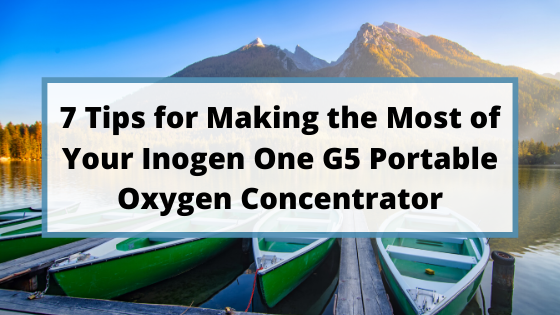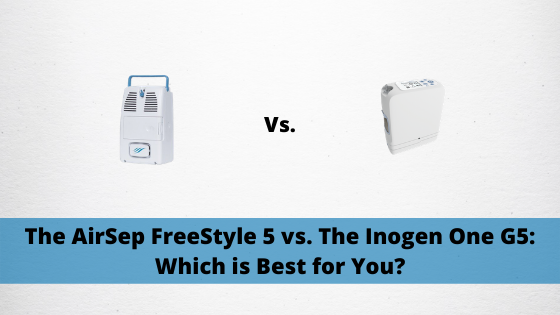Respiratory Resource Center - LPT Medical
8 Day-to-Day Activities You'll Enjoy With Your Inogen One G5
Inogen is an oxygen concentrator company that never slacks...
Read More7 Tips for Making the Most of Your Inogen One G5 Portable Oxygen Concentrator
In this day and age, convenience and reliability are...
Read MoreThe AirSep FreeStyle 5 vs. The Inogen One G5: Which is Best for You?
Whether you’ve recently been diagnosed with COPD or you’ve...
Read More


